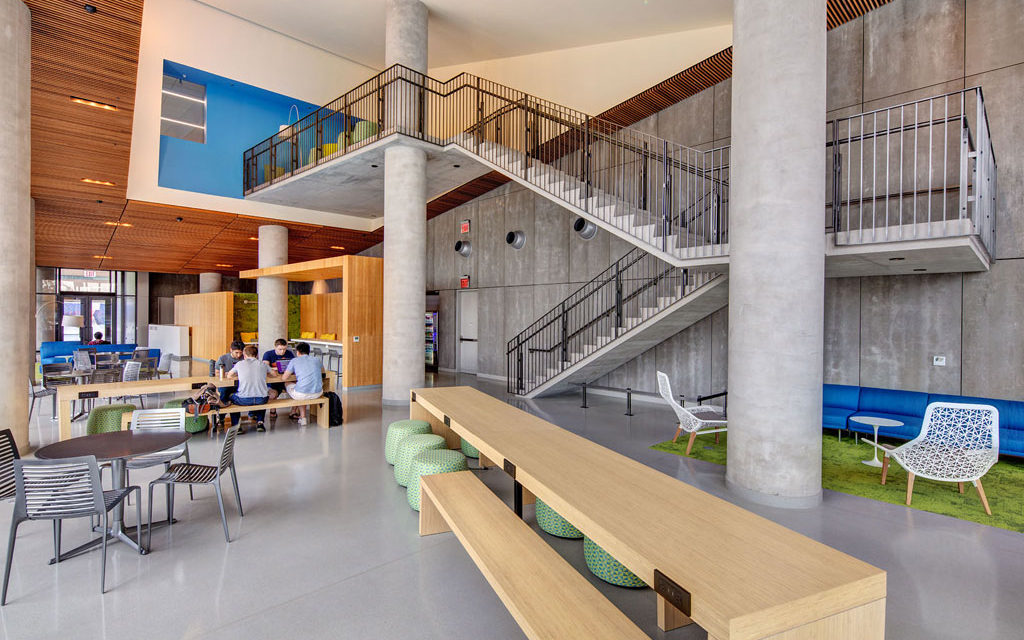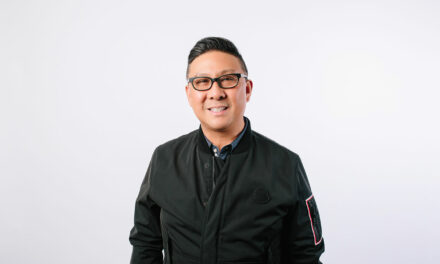Innovative projects, developers, and builders in the green residential market showcased in annual awards
Washington, D.C.—(June 26, 2018)—Today, the U.S. Green Building Council (USGBC) celebrates the recipients of its 2017 LEED Homes Awards, an annual honor given to innovative projects, architects, developers, and homebuilders leading the residential green building market.
“We believe that every building, especially homes, should be green. LEED certified homes enhance the health and wellbeing of occupants by providing clean indoor air and incorporating safe building materials to ensure comfort and safety, and they are designed to save critical resources, use less energy and water and save money,” said Mahesh Ramanujam, president and CEO, USGBC. “The LEED Homes Awards showcase the most inspired and efficient practices in the residential green building movement. These leaders showcase what it means to create a home that balances aesthetic appeal with real human and environmental needs.”
As the demand for sustainable homes increases with the growing population of an environmentally conscious millennial market, USGBC is advancing its LEED for Homes certification through the most recent instalment of LEED v4.1. Later this year, USGBC will release this most current certification for the residential sector in beta.
The recipients include multi-family, single-family and affordable housing projects and companies who utilized innovative and effective sustainability methods in residential spaces in 2017.
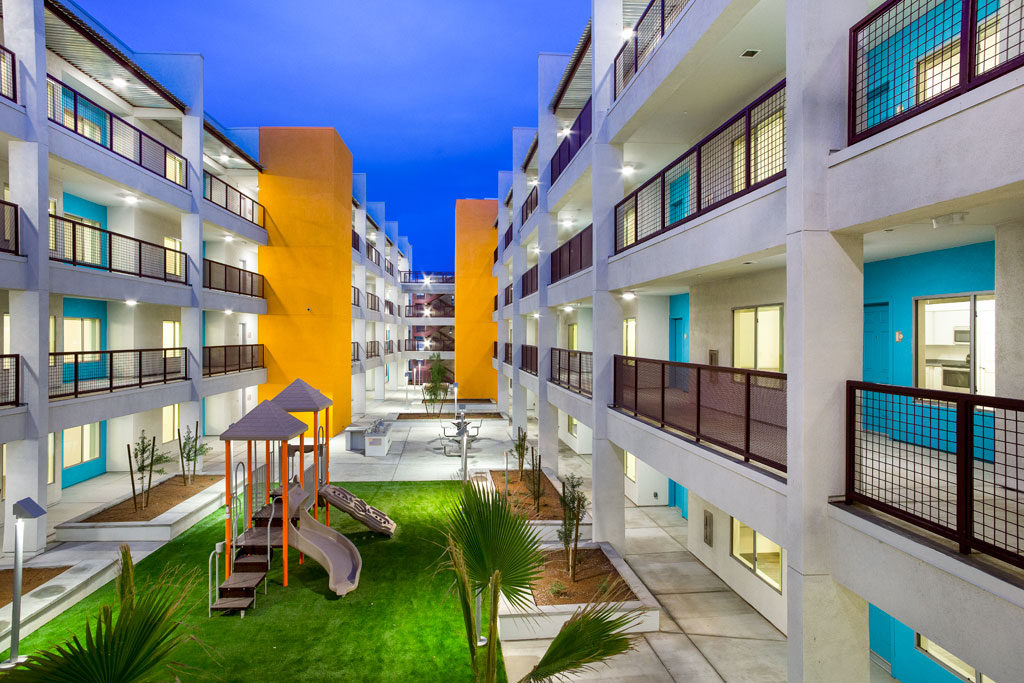
Outstanding Affordable Developer Builder/Developer: Cedar Crossing, Phoenix, Arizona. Builder / Developer: Native American Connection. Photographer: Mark W. Lipczynski
LEED Homes Award Recipients include:
Project of the Year: The House at Cornell Tech, Roosevelt Island, NY
Developed by The Hudson Companies and Related Companies, Cornell Tech’s Roosevelt Island campus features “The House,” a LEED Platinum multifamily residence open to students, staff, and faculty. This 26-storey full-functioning apartment building uses 60-70 percent less energy than that of a similarly sized typical building.
Outstanding Single-Family Project: Historic District Infill Home, Decatur, GA
Built and owned by SK Collaborative principal Carl Seville, the Historic District Infill Home manages to fit seamlessly into a prestigious existing historic district while meeting the highest standards of energy efficiency and sustainability through its LEED Platinum certification. This 100 percent electric home employs state of the art concepts in design, construction, and mechanical systems.
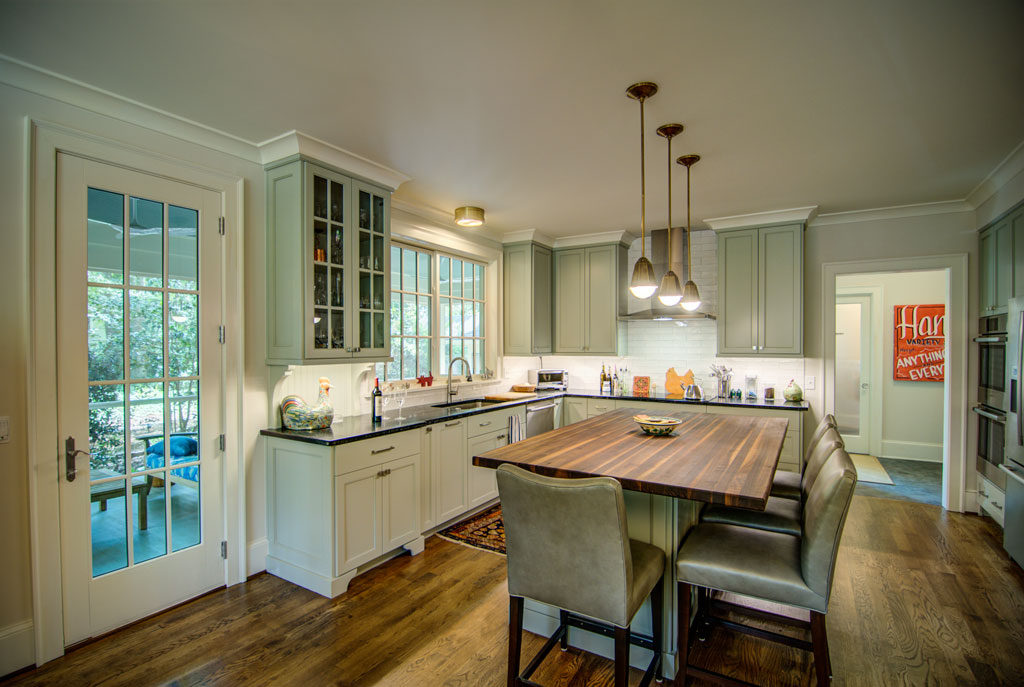
Outstanding Single-Family Project: Historic District Infill Home, Decatur, GA. Designed by Thomas Bateman Hood Architects, and built and owned by SK Collaborative principal Carl Seville. Photo credit: Tim Ridley
Outstanding Single-Family Developer: Maracay Homes, Scottsdale, AZ
For over 25 years Maracay Homes has been a leader in Arizona’s sustainable real estate industry. Having constructed more than 9,000 homes for families across Phoenix and Tucson, Maracay strives to provide homebuyers with smarter choices that serve both their lifestyle and the environment.
Outstanding Multi-Family Project: PassiveTown Phase 3, Building K, Kurobe, Japan
Developed by YKK Fudosan Co., PassiveTown Phase 3, Building K is a LEED Platinum low-rise multi-family residence and the first LEED for Homes project in Japan. After the Great East Japan Earthquake in 2011, YKK Fudosan Co. realized the importance of sustainable and resilient design and decided to construct the 3-block PassiveTown community.
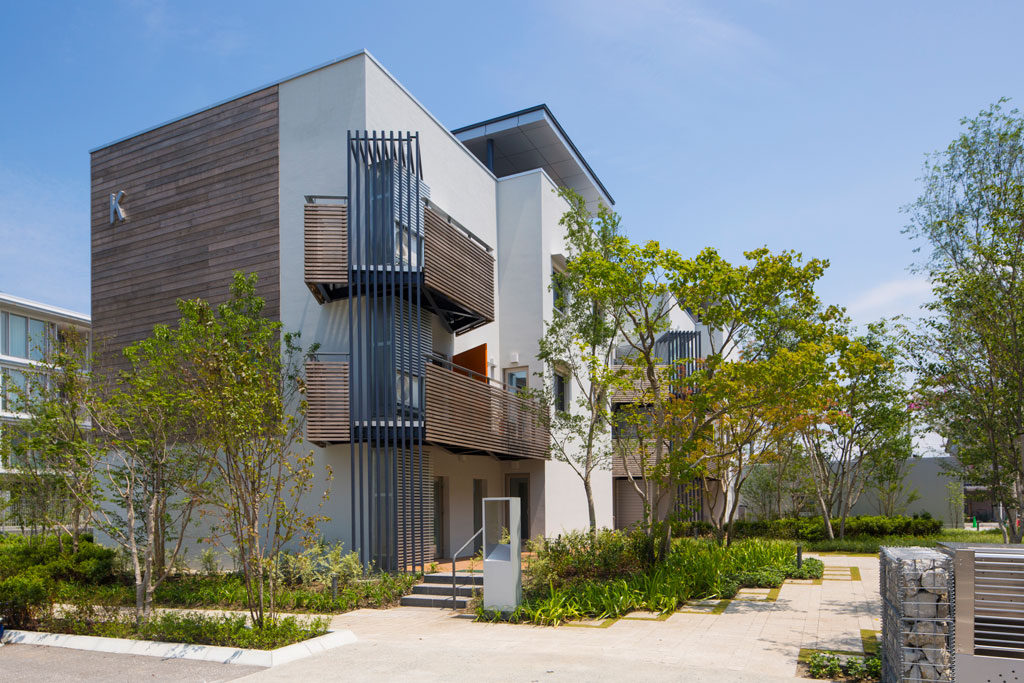
Outstanding Multi-Family Project: PassiveTown Phase 3, Building K, Kurobe, Japan. Photographer: Saito Sadayuki
Outstanding Multi-Family Developer: The Hudson Companies Inc., New York, NY
Started in 1986, The Hudson Companies Inc. focuses on urban development in the New York metropolitan area. Committed to quality, each of their developments is designed to achieve green building standards like LEED. They currently have completed over 3,500 housing units and have nearly 5,000 additional units in predevelopment or construction.
Outstanding Affordable Project: Crescent Crossings Phase 1, Bridgeport, CT
Crescent Crossings is the result of a collaboration between JHM Financial Group, Crosskey Architects and Viking Construction who wanted to create a durable, welcoming community with low tenant utility bills. The first phase of the four part project achieved LEED Platinum in 2017 and resides in an area once riddled with crime and violence. However, the creation of the Crescent Crossings community will help vanquish old reputations by fostering a healthy, safe, and vibrant community.
Outstanding Affordable Developer Builder / Developer: Native American Connection, Phoenix, AZ
Part of Native American Connection’s cultural heritage is their mindfulness to how our actions affect future generations. Therefore, incorporating LEED into their work is an important step as it gives their tenants a higher quality of life while insuring a healthier future.
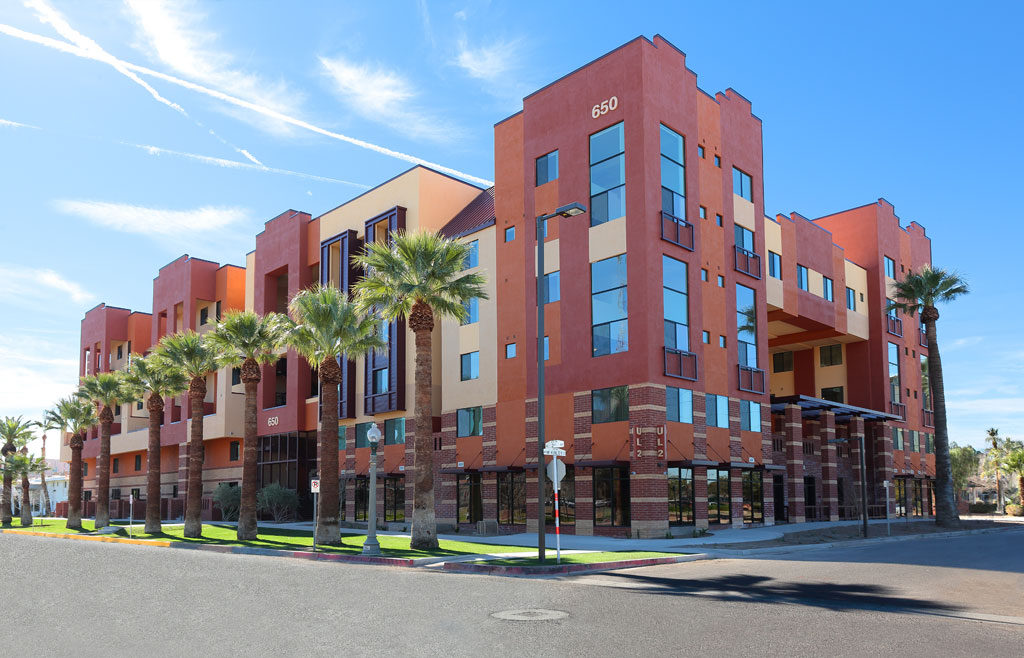
Outstanding Affordable Developer Builder / Developer: Urban Living on 2nd – Native American Connections, Phoenix, Arizona. Photography: © Babe’s Photos, www.BabesPhotos.com
USGBC is also recognizing “LEED Homes Power Builders,” a distinction USGBC established to honor an elite group of developers and builders that have exhibited an outstanding commitment to LEED and the green building movement within the residential sector. In order to be considered a LEED Homes Power Builder this year, developers and builders must have LEED-certified 90 percent of their homes/unit count built in 2017. Homes at any LEED certification level are eligible for consideration.
2017 LEED Homes Power Builders include: (*Represents a company that also won a LEED Homes Award):
| Construction Rocket Inc.
JHM* Habitat for Humanity of Kent County The Dinerstein Companies Metro West Housing Solutions Forest City Realty Trust MHI Dallas Gerding Edlen Koral & Gobuty Development Frankel Building Group AMLI Residential C&C Development Alliance Residential Carmel Partners Native American Connections* The Community Builders Thrive Home Builders Active West |
LEED (Leadership in Energy and Environmental Design) is the world’s most widely used rating system for green buildings. The LEED for Homes rating system was created in 2008 as a way for single-family homes and multi-family buildings to achieve LEED certification. LEED for Homes projects undergo a technically rigorous process to become certified, including multiple on-site inspections and diagnostic tests. Quality control and quality assurance are built into the process so that builders, architects and homeowners can rest assured they get what they paid for and specified. More than 1.2 million residential units are currently participating in LEED.

